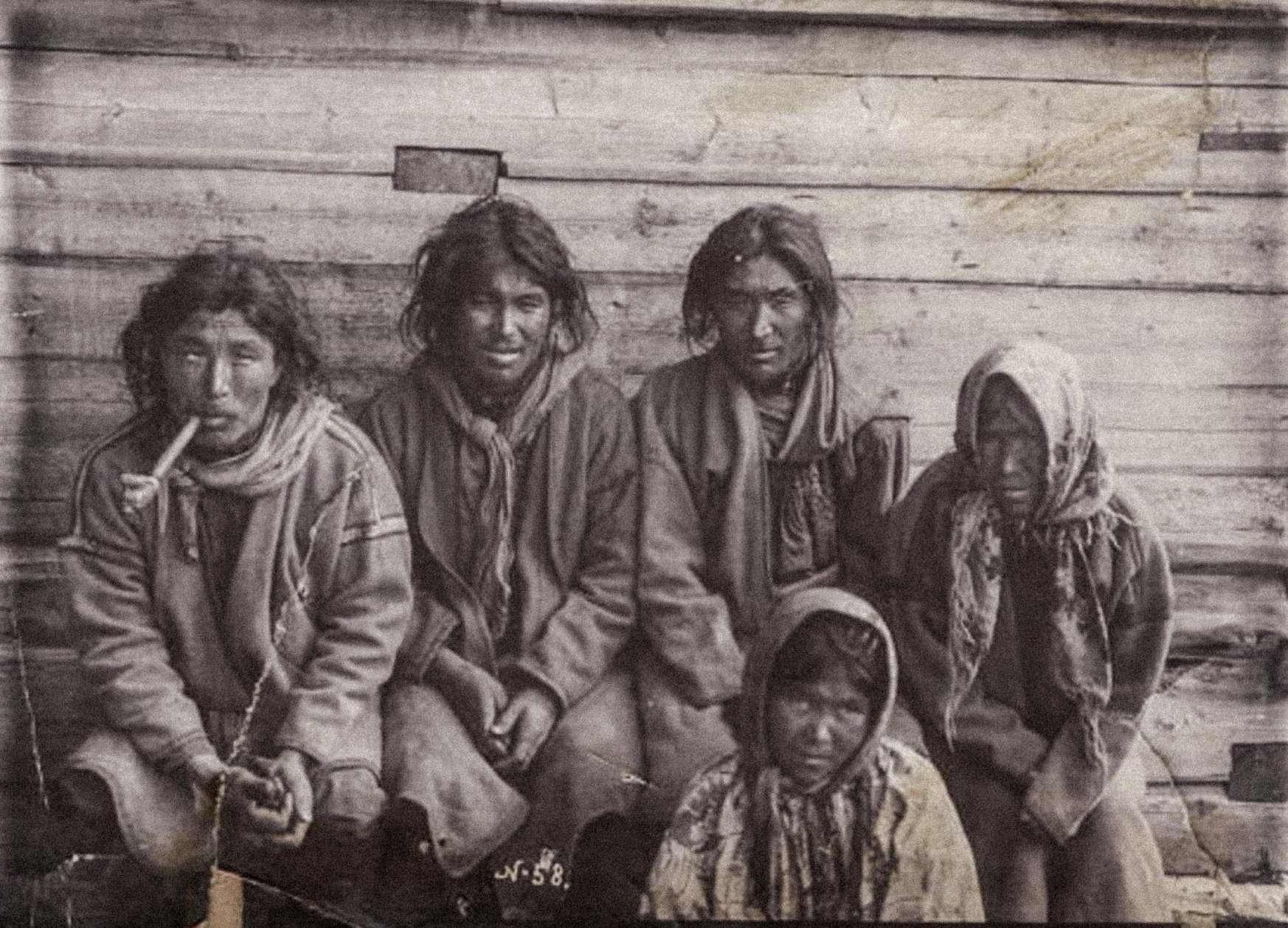In the remote Siberian forests live mysterious people called the Ket. They are reclusive nomadic tribes that still hunt with bows and arrows and use dogsleds for transportation.

A family of Siberian Ket people © Wikimedia Commons
These indigenous peoples of the Siberian forests, referred to as the Ket people (or “Oroch” in some accounts), have long been intriguing anthropologists, historians and—yes—even UFO enthusiasts. The reason for this is because the origin of these people has remained a mystery for a long time.
Their stories, customs, appearance and even language are so unique from all other known tribes that it almost seems as if they have come from another planet.
The Ket people of Siberia
The Kets are an indigenous tribe of Siberia and are considered one of the region’s smallest ethnic groupings. Scientists are baffled by their look, language, and traditional semi-nomadic lifestyle, with some claiming ties to North American aboriginal tribes. According to a Ket legend, they come from space. What might be the true origin of these seemingly out-of-place people?
The current name for this Siberian ethnic group is ‘Ket,’ which may be interpreted as ‘person’ or ‘man.’ Prior to this, they were known as the Ostyak or the Yenisei-Ostyak (a Turkic term meaning “stranger”), which reflected the location in which they resided. The Ket first lived in the middle and lower basins of the Yenisei River, which is now Krasnoyarsk Krai in Russia’s federal territory of Siberia.
They used to be nomadic, hunting and exchanging fur from animals like squirrels, foxes, deer, hares, and bears with Russian traders. They would breed reindeer and fish from boats while living in tents made of wood, birch bark, and pelts. Many of these activities are still carried out today.

Boats of the Yenisei-Ostiaks (Kets) preparing to start from Sumarokova © Wikimedia Commons
While the Ket population remained relatively steady during the twentieth century, at roughly 1000 people, the number of native Ket speakers has gradually declined.
This language is remarkably unique and is regarded as a “living linguistic fossil.” Linguistic research on the Ket language has led to the notion that these people are linked to some Native American tribes in North America, who came from Siberia millennia ago.
Ket folklore
According to one Ket legend, the Kets were aliens who came from the stars. Another legend states that the Kets first arrived in southern Siberia, possibly in the Altai and Sayan Mountains or between Mongolia and Lake Baikal. However, the onset of invaders in the area forced the Kets to flee to the northern Siberian taiga.
According to the legend, these invaders were the Tystad, or “stone people,” who may have been among the peoples that created the early Hun steppe confederations. These people may have been nomadic reindeer pastoralists and horse herders.
The Ket people’s puzzling language
The language of the Kets is believed to be the most interesting element of them. To begin with, the Ket language is unlike any other spoken in Siberia. In actuality, this language is a member of the Yeniseian linguistic group, which includes a variety of similar languages spoken in the Yenisei area. All of the other languages in this family, with the exception of Ket, are now extinct. The Yugh language, for example, was declared extinct in 1990, while the remaining languages, including the Kott and Arin languages, died out by the nineteenth century.
It is believed that the Ket language may likewise go extinct in the near future. According to censuses taken during the twentieth century, the Ket population has remained steady over the decades, neither rising nor decreasing significantly. What is concerning is the fall in the number of Kets who are able to communicate in their original language.
In the 1989 census, for example, 1113 Kets were counted. Nonetheless, only approximately half of them could communicate in Ket, and the situation has been deteriorating. According to an Al Jazeera investigation from 2016, there are “perhaps only a few dozen fully fluent speakers left – and these are mostly over 60 years old”.

The houseboats of the Yenisei-Ostiaks © Wikimedia Commons
Origins in North America?
Linguists are interested in the Ket language because it is thought to be developed from a proto-Yeniseian language linked to languages such as Basque in Spain, Barushaski in India, as well as Chinese and Tibetan.
Edward Vajda, a Western Washington University historical linguist, has even proposed that the Ket language is connected to the Na-Dene language family of North America, which includes Tlingit and Athabaskan.
Finally, it has been noted that if Vajda’s idea is correct, it would be a major discovery since it would provide additional light on the topic of how the Americas were settled. Aside from language links, academics have attempted to demonstrate genetic links between the Kets and Native Americans in order to corroborate the migratory concept.
This endeavour, however, has been a failure. To begin, the few DNA samples collected may have been tainted. Second, because Native Americans frequently decline to offer DNA samples, DNA samples from native South Americans were utilised instead.
Final words
Today, it is unclear how the Ket people of Siberia ended up in this remote part of the world, what their connection is to other native groups in Siberia, and whether or not they have any connections to other indigenous peoples around the world. But the Ket people’s extremely extraordinary features make them stand out dramatically compared to any other tribe on Earth; something which has prompted many researchers to wonder whether they might actually be extraterrestrial in origin – after all, where else would they come from?
source: mysteriesrunsolved.com







